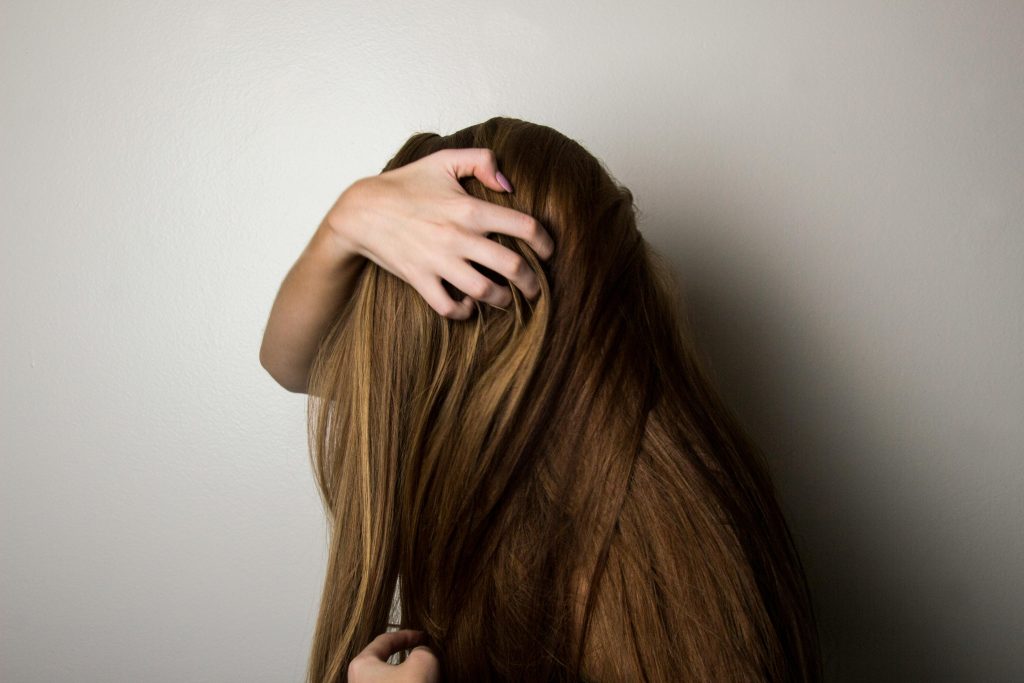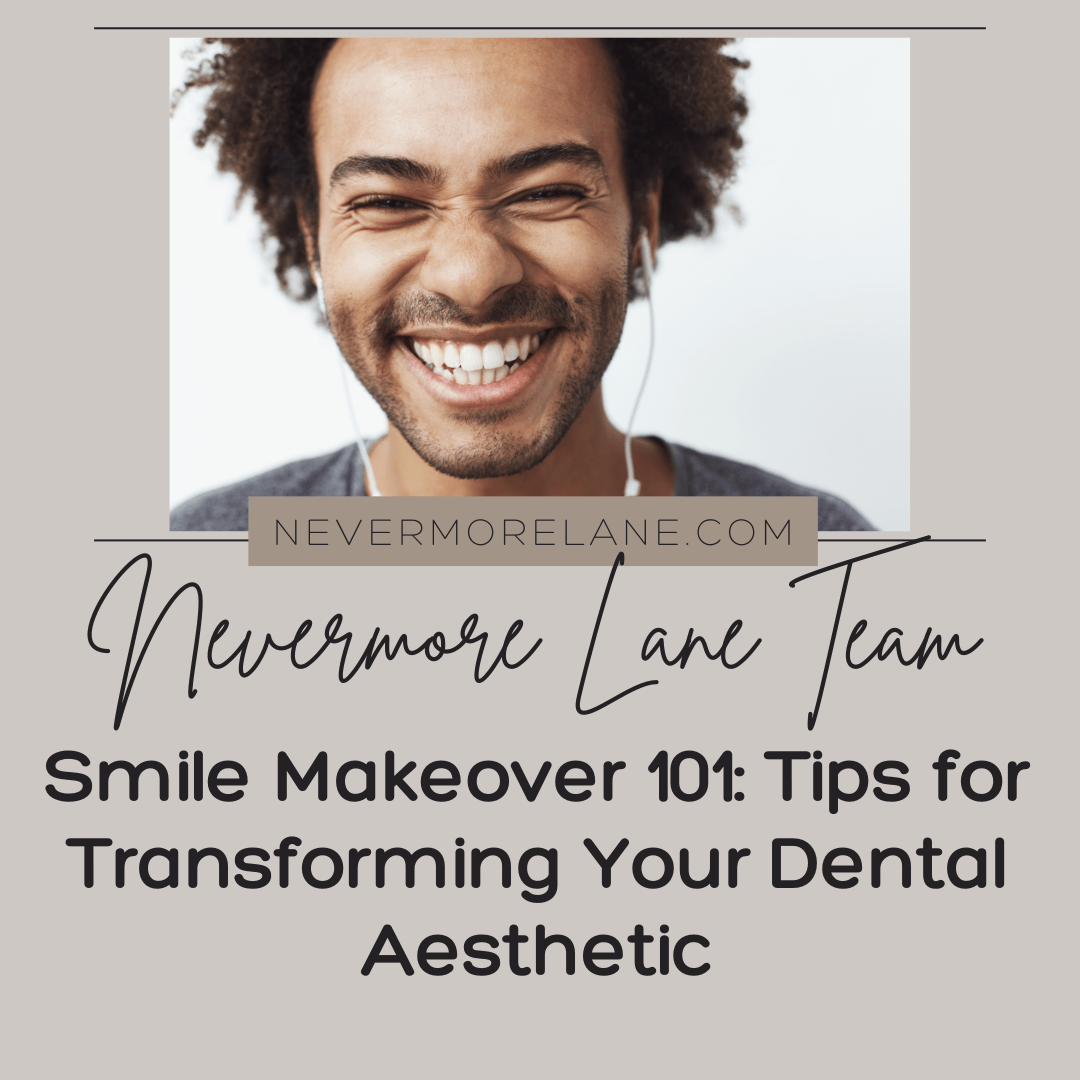DIY vs. Professional Hair Loss Treatments: What Actually Works?
Hair loss is a deeply personal experience. For some, it’s a gradual thinning; for others, it happens seemingly overnight. No matter how it starts, the emotional toll can be just as challenging as the physical change. With so many treatment options available—ranging from homemade remedies to cutting-edge professional solutions—it’s easy to feel overwhelmed by the choices.
Photo by Bennie Lukas Bester
If you’ve ever found yourself searching for miracle oils, scalp massages, or drugstore serums, you’re not alone. The DIY approach is appealing because it promises control, affordability, and natural ingredients. But does it actually work? On the other end of the spectrum, professional treatments—like prescription medications, laser therapy, and hair transplants—come with scientific backing but can be costly and time-consuming.
The key to choosing the right path isn’t about one being better than the other—it’s about finding what works for you. Every scalp is different, and factors like genetics, lifestyle, and overall health play a crucial role in how effective a treatment will be. While some people see results with at-home treatments, others may require professional intervention to achieve noticeable regrowth.
Navigating this world of options requires understanding the science behind hair loss and what truly delivers results. Whether you’re considering DIY remedies or investing in professional solutions, making an informed decision can save you time, money, and frustration. Let’s break down the differences and explore what really works.
Common DIY Regrowth Methods: Do They Work?
Before rushing to the clinic, most people try at-home remedies first. Some claim to work wonders, while others show little to no results. Here are some common DIY methods people turn to:
- Biotin & Supplements
- DIY Masks & Natural Remedies
- At-Home Laser & Microneedling Devices
- Natural Oils & Scalp Massages
- Changing Shampoos & Other Products
DIY treatments can help improve scalp health and add shine and strength but rarely promote significant regrowth. Many at-home remedies focus on nourishing the strands but don’t address the deeper causes of thinning, such as hormonal changes, genetics, or medical conditions.
Some may slow down the process but cannot reverse or regrow lost strands. And if the issue continues, relying only on DIY methods may delay effective treatment, making it harder to recover what’s been lost.
Professional Restoration Methods: What Works?
Professional solutions are all about precision and desired results. They are performed under the expert eye and in an in-office setting. There are invasive and non-invasive techniques available. So you can choose according to your thinning levels by consulting with a specialist. Here are some of the top treatments people most opt for:
1. Hair Transplants (FUE & FUT)
Transplants are a lasting and natural solution to restore volume. Experts use advanced techniques to create results that blend seamlessly with natural growth. There are two main options: Follicular Unit Extraction (FUE.). The other is Follicular Unit Transplantation (FUT.) Both methods provide long-term improvements, helping people feel more confident.
However, the right choice depends on individual health factors. So, before deciding, search available options using terms like “female hair loss in NYC” or “hair loss solutions in NYC.” Consult with a specialist to understand what treatment best suits your needs. Taking the time to explore trusted experts ensures the best possible results.
2. Microneedling with Growth Serums
Microneedling is a minimally invasive treatment that helps improve scalp health and thickness. It involves using tiny needles to create micro-injuries on the scalp, triggering the body’s healing response. This process boosts collagen production and improves blood circulation, helping to strengthen follicles.
Paired with growth serums or PRP, it enhances absorption and effectiveness, leading to fuller and healthier results. Microneedling is an excellent option for those looking to stimulate regrowth naturally, primarily when used alongside other targeted treatments. For individuals seeking tailored solutions, custom topical hair loss products can be integrated into this regimen to address specific scalp and hair needs.
3. Platelet-rich plasma (PRP) Therapy
PRP therapy is a non-surgical and natural approach to encourage regrowth. This treatment uses growth factors from your own blood to stimulate weak follicles and improve scalp health. It can also be helpful to understand how PRF stops hair loss, as this related therapy tends to work similarly but with a higher concentration of growth factors, offering another option for strengthening hair follicles. The process involves drawing a small amount of blood and processing it to extract the platelet-rich plasma. Then, it is injected into areas that need revitalization.
Since it relies on the body’s natural healing abilities, PRP is an excellent option for those in the early stages of thinning. While results vary, most people need multiple sessions to see visible improvements. It is often combined with other treatments, like microneedling or medications, for stronger, long-lasting effects.
4. Stem Cell Hair Restoration
Stem cell hair restoration is an innovative surgical approach using the body’s regenerative cells to stimulate growth in thinning areas. This procedure involves extracting stem cells from fat tissue or the scalp and processing them to enhance their growth potential. Then, it is injected back into targeted areas. These cells help rejuvenate weakened follicles and promote new strand growth over time.
This treatment is still being researched, but early results show promising improvements in density and thickness. This therapy is often paired with PRP or transplants for better results, making it a great choice for those looking for advanced, proven treatments.
Finding the Right Path for Your Hair Journey
Hair loss treatments aren’t one-size-fits-all. While DIY solutions may work for some, others may require professional intervention to see real results. The key is understanding your unique needs, experimenting with safe options, and seeking expert advice when necessary. Whether it’s a natural remedy, a prescription treatment, or a combination of both, consistency and patience are essential for success.
More than just a cosmetic issue, hair health is a reflection of overall well-being. Stress management, nutrition, and proper scalp care all play a role in the process. No matter where you are in your hair restoration journey, the most important step is making choices that align with your goals, lifestyle, and comfort level.






